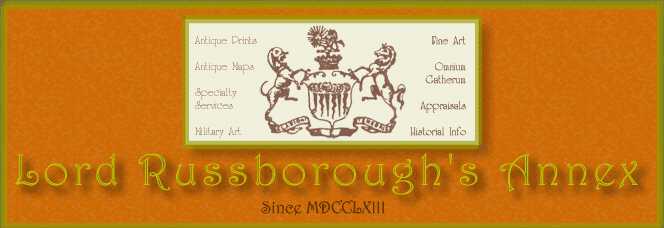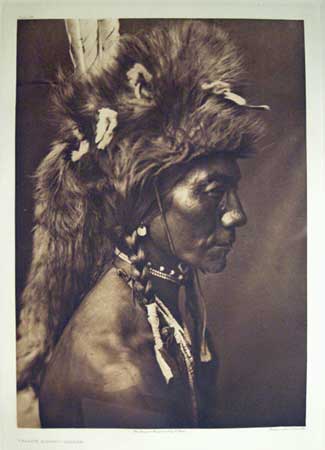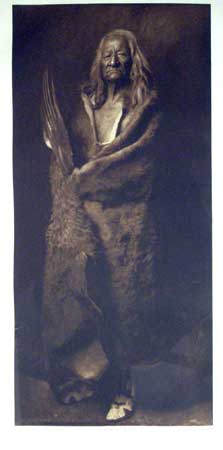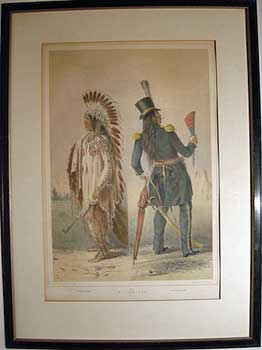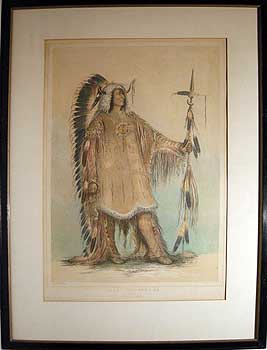Edward Sherrif Curtis
1868 – 1952
THE NORTH AMERICAN INDIAN (1906-1928)
In 1906, J. P. Morgan provided Edward Sherrif Curtis with $75,000 to produce a series on Native Americans. This work was to be in 20 volumes with 1,500 photographs. Morgan's funds were to be disbursed over five years and were earmarked to support only fieldwork for the books not for writing, editing, or production of the volumes. Curtis himself would receive no salary for the project, which was to last more than 20 years. Under the terms of the arrangement, Morgan was to receive 25 sets and 500 original prints as his method of repayment.
The North American Indian originally appeared as 20 bound volumes incorporating 1503 small full-page photogravures (image size app. 6 x 8”), and 20 accompanying portfolios comprising 723 large photogravures (image size app. 11 x 14) printed on 18 x 22” sheets of various papers: tissue, Japan vellum, Holland (Van Gelder).
There are 2226 images printed as hand puld photogravures in THE NORTH AMERICAN INDIAN (1906-1928), considered the most lavish and elegalently illustrated set of photographic books ever produced. Curtis raised and spent millions to create it.
After the completion of The North American Indian in the 1930s the project went into bankruptcy and the photogravure plates and unsold stock were purchased by Lauriat’s Bookshop of Boston. Lauriat’s began manufacturing posthumous photogravures from the original plates to fill in a dozen incomplete sets in the late 1960s, and since that time there have been numerous posthumous editions of photogravures (from the original plates) which are easily mistaken for original edition prints. The above image has an artificial plate mark and the paper is a modern quality fine art paper.
The plate size of the original 1910 photogravure as held in the U.S. Library of Congress and North Western University is 46 x 33 cm.
Recent Printing History-Within the last 20 or so years, two companies have produced commercial restrikes. These are very easy to identify: The American Express Company issued approximately 20 different volume prints on "Arches" paper (also known as Rives BFK paper), a markedly yellow, commercially produced paper that was smaller than the actual 12"x 9" original Curtis volume dimensions. Also, in the late '70's and early '80's the Classic Gravure Company of Santa Fe, New Mexico, released a series of prints on "Classic" paper. These are readily identified due to the "CG" and "E. Curtis" signature watermarks. In 1980, they released a beautiful oversize folio (14.25" x 10.5") volume with images from several different groups. They had planned to reproduce Curtis' entire 20 volume set, but unfortunately after completion of only 228 of 250 copies of the first book, they went bankrupt. They also begin a print-run of the folios, but went out of business before completion of the series. In 1982, the original Curtis plates were purchased by The Curtis Collection, the present owners, who have released more restrikes of select volume and portfolio gravures.
The Curtis Collection purchased the remaining inventory of Classic Gravures restrikes, but prints their own gravures only on Arches paper (and in a larger 11" x 14" format). A final word about restrikes-while these are not "authentic" or "vintage" Curtis gravures, they should not be considered "fakes" or "knock-offs." They are very fine archival photogravures made from Curtis' original plates, often produced in limited editions. They therefore provide an affordable alternative to purchasing an original photogravure.

